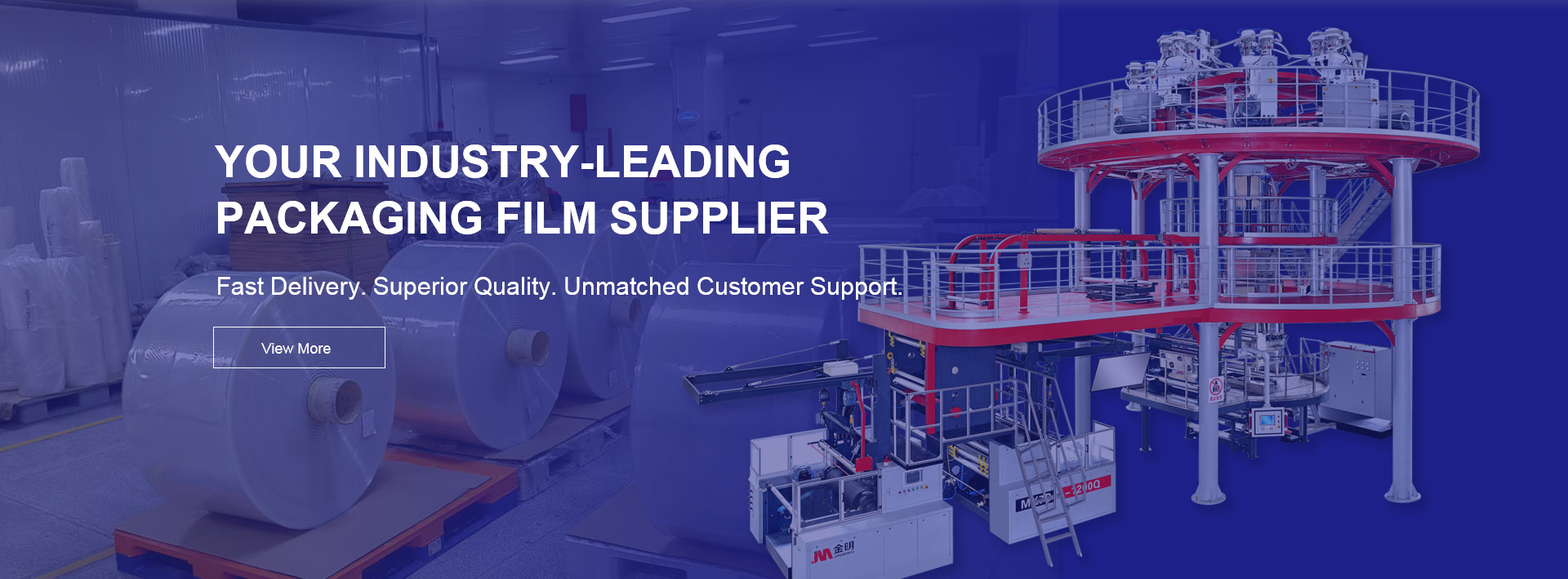
With the continued increase in global demand for foods that are both easy to eat and can last longer, barrier thin-film technology has become very important in food packaging. These new materials have changed the packaging sector by providing much more protection against moisture, oxygen, and other contaminants while also increasing shelf life and reducing food waste. This article examines how sustainability, efficiency, and customer satisfaction have been impacted by recent improvements made in barrier thin-film technology for use in food packaging.
Understanding Barrier Thin-Film Technology
What do we mean by Barrier Thin-Films?
Barrier thin films are special materials created with a view to protecting food products from environmental factors that can affect their quality and safety. They form a shield against gas such as oxygen or water vapor intrusion which otherwise might lead to spoilage, loss of flavor as well as nutrition degradation. The development of advanced barrier films focuses on enhancing their protective capabilities while maintaining flexibility, transparency, and compatibility with existing packaging technologies.
Importance in the food packaging industry
Barrier thin films is one of the most critical aspects to consider when it comes to ensuring product freshness and security in food packaging industry. Manufacturers need to find innovative choices for wrapping perishable goods that ensure they last longer on shelves while still maintain good taste as well as texture. Barrier films offer a reliable way to extend the shelf life of perishable items, maintain flavor and texture, and reduce food waste. Their importance is further underscored by the need for packaging solutions that are both sustainable and economically viable.
Recent Advancements In Barrier Thin-Film Technology
Enhanced Oxygen And Moisture Barriers
By investing in recent developments within barrier thin film technology which resulted into superior gas barrier properties concerning oxygen as well as moisture. Some of these advancements include polymer science innovations leading to producing highly effective films inhibited penetration of water vapor and gases thereby extending expiration dates for nourishment products significantly longer than before. Moreover, the films are highly beneficial in protecting sensitive food products that require careful handling like meats, dairy products and snacks which are perishable.
Nanotechnology Integration
The integration of nanotechnology into barrier thin-film production has opened new possibilities for enhancing packaging performance. Such nanoparticles as clay, silica, and metal oxides have been introduced into films to enhance their barrier properties, mechanical strength and thermal stability. These nanoscale additives create a tortuous path for gas and moisture molecules making it harder for them to go through the film. Henceforth, nanocomposite films provide improved safeguarding hence gaining popularity in the food packaging sector.
Biodegradable And Sustainable Options
Barrier thin film technology is driven by sustainability. Manufacturers are increasingly focusing on developing biodegradable and compostable films that minimize environmental impact. In order to form green barrier films that decompose naturally without leaving harmful residues materials such as polylactic acid (PLA) and polyhydroxyalkanoates (PHA) are used. These sustainable options not only reduce plastic waste but also cater to the growing consumer demand for environmentally responsible packaging solutions.